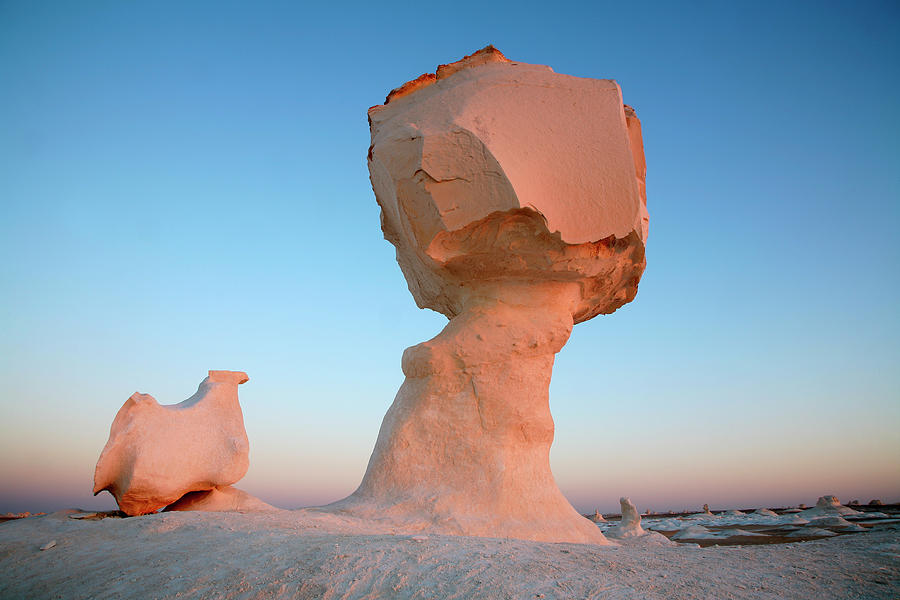

The geology of the Chilterns, for example, was last mapped in 1912.

And people tend to think that because we have a geological map of the UK, it’s all been done, but actually you can still improve it.” “If I was doing this in east Greenland, then I’d probably get funding for it – east Greenland is sexy. “I would say that not enough attention is paid by the academic research community to understanding the geology of the UK,” he said. Photograph: eye35.pix/Alamyįarrant has been working on the chalk-mapping project on and off since 1996. The Seven Sisters cliffs in East Sussex, England. These add drama to quiet streets of bungalows and interwar semis: every so often a gap between the houses shows land falling away, sky opening up, the towers and lights of the city visible far in the distance. Where I grew up, in a suburb of Croydon at the edge of south London, this chalk rises up from underneath the clays and gravels to form the ridge of hills called the North Downs. The Chalk Escarpment, as this block is known, is the single largest geological feature in Britain. Stand on Oxford Street in the middle of the West End of London and beneath you, beneath the concrete and the London clay and the sands and gravels, is an immense block of white chalk lying there in the darkness like some vast subterranean iceberg, in places 200 metres thick. In the south, the chalk centres on Salisbury Plain, radiating out in four great ridges: heading west, the Dorset Downs heading east, the North Downs, the South Downs and the Chilterns. O n the British Geological Survey’s map, chalk is represented by a swathe of pale, limey green that begins on the east coast of Yorkshire and curves in a sinuous green sweep down the east coast, breaking off where the Wash nibbles inland.


 0 kommentar(er)
0 kommentar(er)
